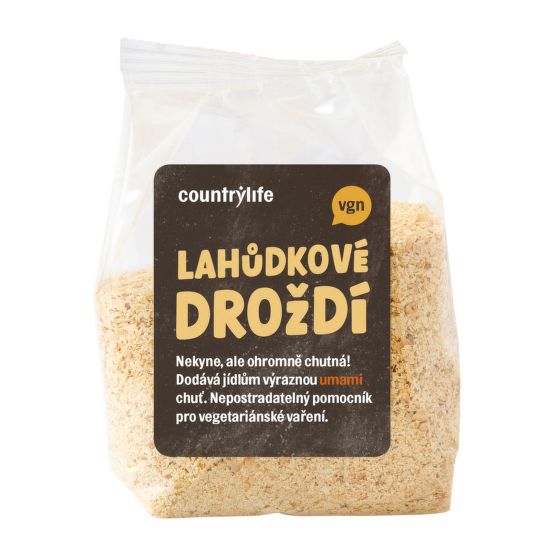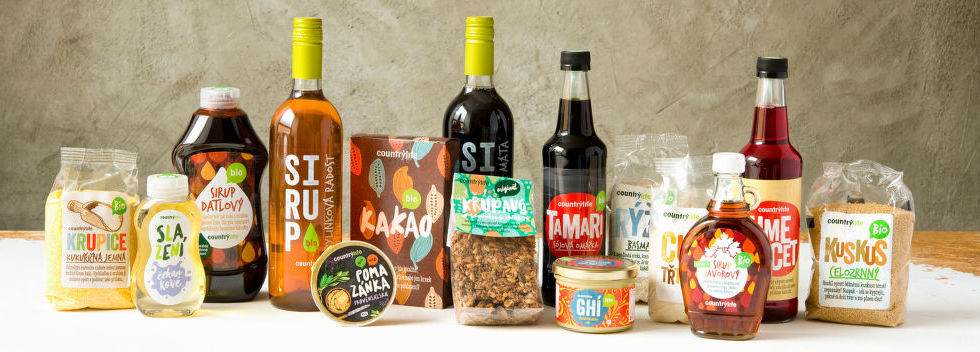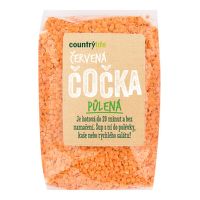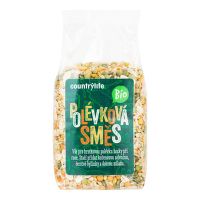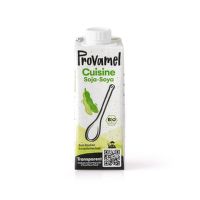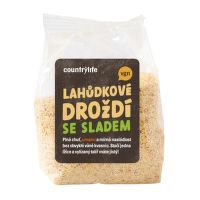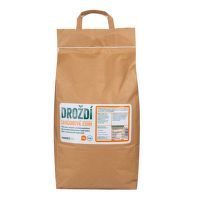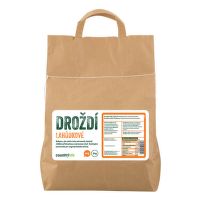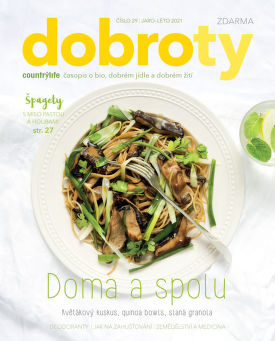Description
Nutritional yeast is an excellent help in the kitchen - it emphasizes the taste of food. It is a naturally gluten-free product and its flavour and aroma reminds of Parmesan. Nutritional yeast is deactivated - it can not be used for proofing. It gives an excellent flavour to spreads, sauces, risottos, pesto...
Description
Nutritional yeast is produced on a sugar rich substrate - it may be molasses. Saccharomyces cerevisiae yeast are let to grow for several days. After that, the mixture is dried to a form of fine flakes and, while being dried, it is warmed to a temperature slightly above 40 °C to deactivate the yeast.
Tips for use:
- Rissoles
Add 2 tablespoons (or more) to your favourite recipe - Yeast spread
Combine yeast with mixed smoked tofu and a little bit of olive oil, add a finely chopped onion and dried or fresh herbs - Egg spread
Roast the chopped onion in 2 tablespoons of olive oil, add 3-4 eggs and mix, flavour with 2 tablespoons of delicious yeast, salt, pepper and herbs - Basil pesto
Blend: 30 g basil, 30 g pine nuts, 20 g nutritional yeast, 80 ml olive oil, 1 clove garlic, 1 tablespoon lemon juice and 1 teaspoon salt (don´t be afraid to experiment and try various kinds of herbs and nuts - for example flat leaved parsley with cashew nuts) - Creamy sauces
- Risottos
- Salads
- Stewed vegetables
- Legume dishes
- On bread with butter or cottage cheese
Someone excludes yeast from the diet due to the content of monosodium glutamate. What is the situation with it really like?
- glutamate is commonly found in the human body and is, among other things, important for the proper functioning of the brain
- it is glutamic acid, one of the common amino acids found in all proteins
- cereal proteins contain about 40% glutamic acid
- if glutamic acid is bound in protein, we can not taste it, we can not feel it
- taste perceptions are evoked only when glutamic acid is free, thus released from the protein
- you will find free glutamic acid in e.g.:
- ripe tomatoes
- ripening food such as parmesan
- fermented food - tempeh, miso pasta, shoyu, tamari
- hydrolysed proteins - for example in the preparation of yeast extract, in bio-bouillons
- isolated glutamate - it is produced as glutamic acid, i-e. monosodium glutamate, it is a result of complex processes of fermentation from corn, beet, etc., a white powder used as an intense flavourenhancer - it is not important for the body if the glutamic acid gets in it as bound in protein or free
- it is important not to receive isolated glutamate (monosodium glutamate), which is separate from other components, which it is commonly found in proteins with
ADDED MONOSODIUM GLUTAMATE IS STRICTLY FORBIDDEN IN BIO FOODS
Composition
Dried yeast, May contain traces of gluten, peanuts, soy, nuts and sesame.Storage
Store at temperatures up to 20 °C and relative humidity up to 70 %.


